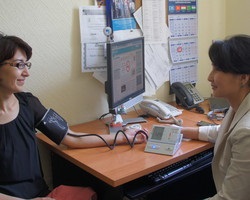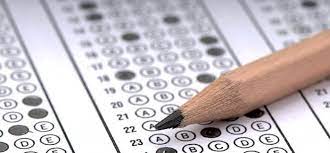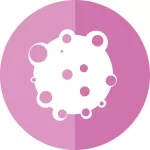July 20, 2024 – In the battle against hypertension, pharmacists and community health workers have emerged as key players, according to a recent study by Tulane University. Published in Circulation: Cardiovascular Quality and Outcomes, the study analyzed data from 100 hypertension trials worldwide, revealing that these healthcare professionals achieved the highest success rates in blood pressure reduction.
While interventions led by nurses, physicians, and multi-disciplinary teams were also effective, pharmacists led the pack, closely followed by community health workers. This finding is significant as hypertension remains the leading preventable cause of early death globally.
The study highlighted the efficacy of both clinical and community-based interventions, especially in areas where financial and geographical barriers allow hypertension to remain prevalent. The key takeaway is that healthcare professionals with more time to dedicate to patients can manage hypertension more effectively.
“Blood pressure management often requires more time than is available in primary care visits,” explained lead author Katherine Mills, Associate Professor and Vice Chair of Epidemiology at Tulane University School of Public Health and Tropical Medicine. “Having someone lead an effort who doesn’t have the same time constraints may be the most effective approach.”
The study found that pharmacist-led interventions reduced systolic blood pressure by an average of 7.3 mmHg, while community health workers saw a reduction of 7.1 mmHg. Nurse- and physician-led interventions achieved a reduction of 2-3 mmHg. Similar trends were observed in diastolic blood pressure reductions.
Mills emphasized that while all healthcare professionals were effective, pharmacists are particularly well-suited for managing hypertension due to their expertise in medication management. “One of the big challenges is getting the right combinations and doses of antihypertensive medications, which can be difficult for some patients requiring repeated visits,” she said. “Pharmacists are perfect for that.”
Lawrence J. Fine, M.D., a senior advisor in the Division of Cardiovascular Sciences at the National Heart, Lung, and Blood Institute (NHLBI), part of the National Institutes of Health (NIH), underscored the importance of a team-based approach. “In addition to traditional healthcare providers like physicians, other team members such as pharmacists and community health workers can be effective in helping individuals achieve their treatment goals, particularly when blood pressure control has declined nationwide in recent years,” Fine said.
Community health workers are also effective due to their cultural ties to the community, which can help gain trust and boost buy-in. Furthermore, their interventions are usually more cost-effective compared to those led by other healthcare professionals.
“Hypertension doesn’t often have symptoms, so it is commonly not the first concern of patients during brief primary care visits if they have multiple health issues,” Mills noted. “The goal is to determine who should lead these interventions and what the best strategy is to address this important health issue.”
This study received support from various NIH grants, including those from the NHLBI, the National Institute of General Medical Sciences, the National Institute on Aging, and the National Institute on Minority Health and Health Disparities.












